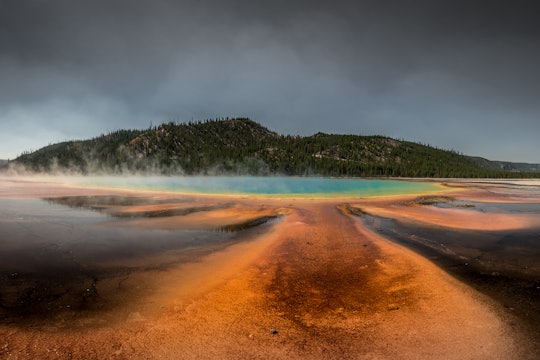
Bernd Thaller / Flickr
What ancient salt can tell us about life on Earth
Scientists are finding more evidence about how our planet gained oxygen
Over half of Earth’s lifespan ago, more than 2 billion years before humans ever appeared, there was almost no oxygen, conditions that for us would be like trying to breathe on Mars. Like the disappearing atmosphere of Mars, Earth’s atmosphere changed over the millennia – just in the opposite direction. Instead of being lost to space over time, Earth gained oxygen – quite suddenly, in terms of the planet's lifetime.
Scientists have narrowed the timing of this sudden rise, known as the Great Oxidation Event (GOE), to around 2.3-2.4 billion years ago. But the tricky part about identifying the actual rate is that gases don’t stick in place or in time, waiting to be measured. Instead, geologists study what they can: ancient rocks that might give clues about the air they formed in. Finding the ancient evidence of this mysterious event that helped transform the Earth into the life-filled planet we know today can sometimes be tricky, sometimes leading scientists to search deep underground.
That’s exactly what happened recently, when a team of scientists drilled 1.2 miles deep into the earth on the edge of Lake Onega, in western Russia near the border with Finland. There they found miraculously preserved salts, 2 billion years old and not unlike what's on your kitchen table. The discovery was amazing in itself, since – as you likely know if you’ve sprinkled the salt shaker over a pot of boiling water – the mineral readily dissolves in water. Somehow this sample, which formed when an ancient sea evaporated, had remained unaltered by any geologic processes that occurred after burial.
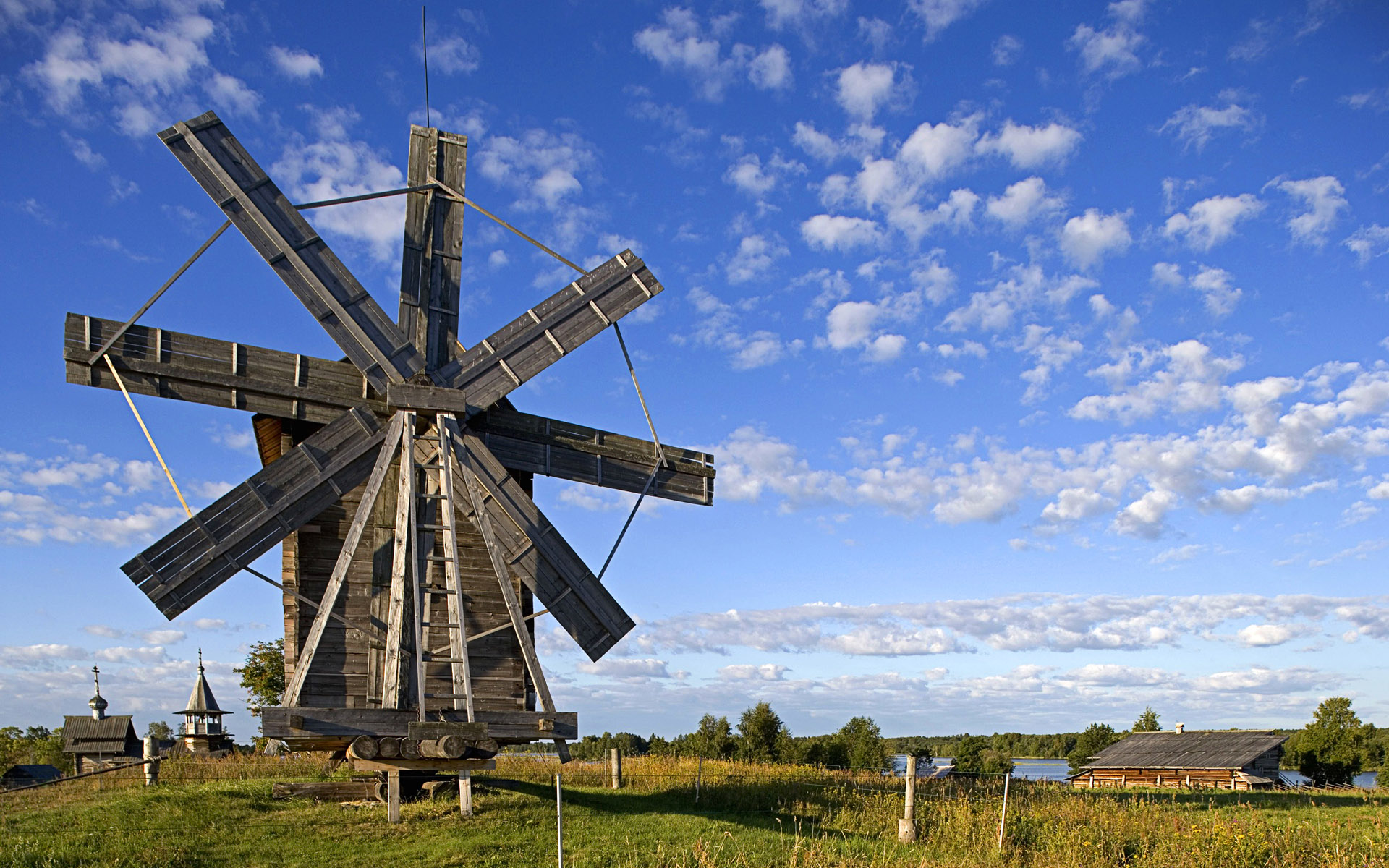
Lake Onega
Edwin Poon / Flickr
But the cores of rock, 300 meters long and about six centimeters wide, contained an extra surprise after their extraction from the Onega Parametric Hole: sulfates, or minerals containing sulfur – that yellow element that smells like rotten eggs – that only form in very oxidized environments. The team of scientists, from various universities and surveys in the US, Norway, Scotland, Estonia, Great Britain, and Russia, analyzed this mineral and the salts' chemistries, and published their findings on March 22 in the journal Science. By using computer models to recreate what they found, they were able to identify details about the ancient ocean in which these samples formed, including just how oxidized it was.
In a press release from Princeton University, Aivo Lepland, a senior author of the study from the Geological Survey of Norway and Tallinn University of Technology, described their findings as "the strongest ever evidence" that the ancient seawater "had high sulfate concentrations reaching at least 30 percent of present-day oceanic sulfate as our estimations indicate." The presence of sulfates means there had to have been an immense amount of oxygen – but where did all that oxygen come from?
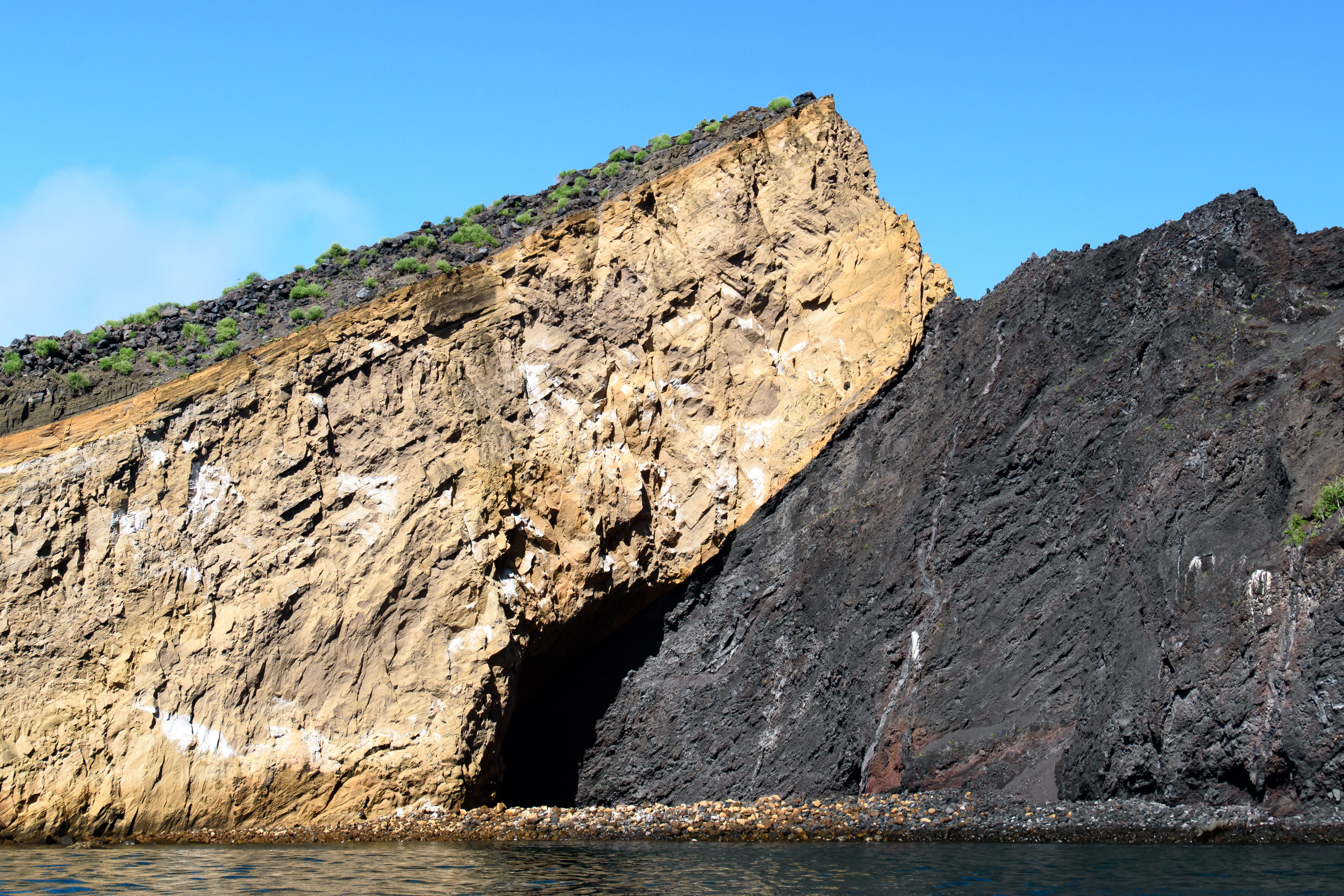
Peter Swaine on Flickr
Something drastic must have altered in as little time (geologically speaking) as 300 million years. "Instead of a trickle, it was more like a fire hose," is the way that Clara Blättler, a postdoctoral researcher at Princeton and a lead author, phrased it in the statement.
Previous scientists have noticed a possible biological link to the Great Oxidation Event: a change in the gases involved in sustaining life, evinced in preserved layers of ancient oceanic organisms. Called cyanobacteria or microbial mats, they show the first evidence of photosynthesis on Earth, and practiced the opposite of our respiration; they started to suck carbon dioxide from the air and expel oxygen in its place. But there are problems with the idea that microbes are the only source of oxygen, including that the transition to photosynthesis occurred several hundred million years before the GOE. Could that be enough to explain what Blättler and her colleagues found?
Just as biology evolves over time, the Earth, too, has changed, from the origin of its tectonic plates to their movements, which in turn can alter the amount of oxygen in the atmosphere.
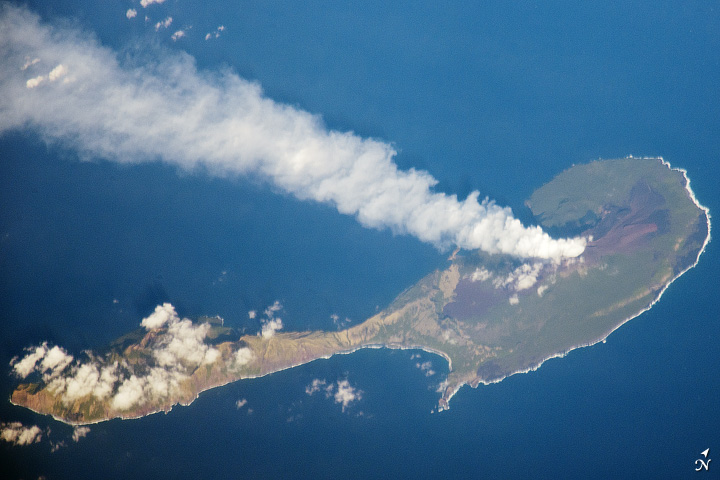
NASA's Earth Observatory on Flickr
Tectonic plates are unique to our planet, at least in our solar system, leading to the formation of the continents on which we live today. Like puzzle pieces of the Earth’s upper layers – albeit ones that do not quite match – the plates bump into each other, some sliding underneath another to depths where the temperature is high enough to melt it in a process called subduction. The molten rock rises, like in a lava lamp, to form volcanoes at the surface. Those volcanoes can spew gasses into the atmosphere.
In a Nature Geoscience paper last year, for example, scientists at Rice University wrote that this melting could have separated molecules of carbon and oxygen in the bodies of microbes long deceased and settled to the ocean floor as sediments on the subducting plate. This separation could have sent the carbon even deeper into the Earth, for millions or billions of years, and expelled the oxygen out from volcanoes. Could this have been the source of the GOE?
In another recent study, scientists in Australia and the US noted another connection between tectonics and biology by analyzing the content of a different element – phosphorus – that’s provided by volcanism and required for photosynthesis. This, the authors inferred, links biological to geological evolution, with another chemical supporting the idea that plate tectonics possibly induced photosynthesis during the Great Oxidation Event.
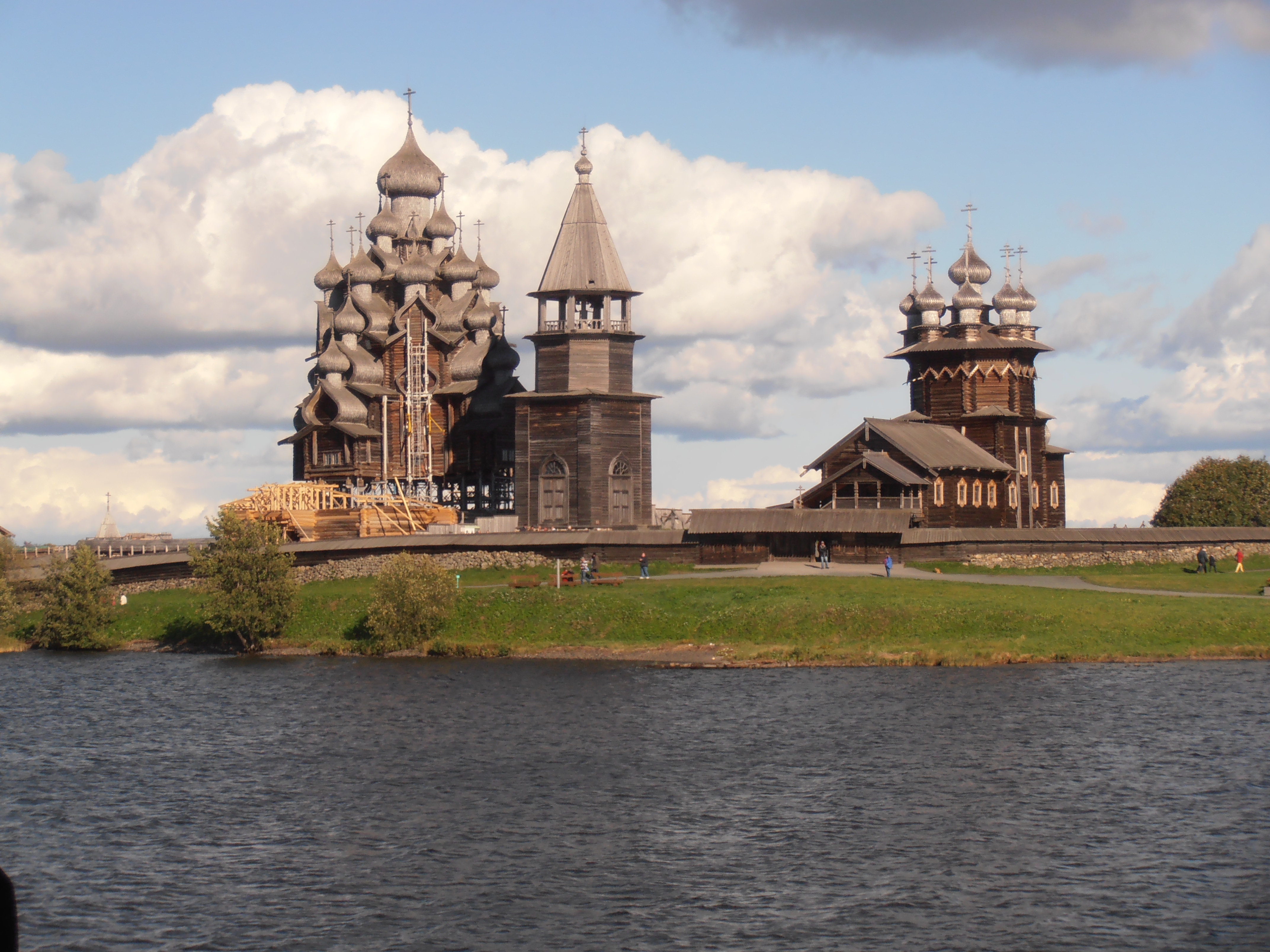
Lake Onega
Achilli Family | Journeys on Flickr
Perhaps this planet and the life it fostered worked together to make it habitable for complex organisms, us included. Microbes first emitted oxygen, but geology may have instigated the sudden surge of oxygen – seen in the formation of sulfates – that in turn promoted the growth of photosynthetic life.
Plate tectonics and biology are unique to Earth, as far as we know. Many speculate a symbioses between the two, geology and life working in tandem. This salty yet sweet surprise from Russia, more than a billion years older than any other salt, is one more step towards helping geologists understand what makes a planet habitable. It's also a step toward understanding our own history, and the chain of cause and effect leading to human life. The next breath you take might contain oxygen that first floated into the air almost 2 billion years ago, above a sulfate-rich sea.


I’m always fascinated to see how scientists from different fields look for answers to similar questions in completely different places, and this piece looking into how and when Earth became oxygenated provides a great example. Since scientists can’t directly “see” or measure the amount of oxygen available at different time points, they have to look for indirect evidence, which can be found in things that were never living (like salt), things that are still living (such as existing photosynthetic organisms), and things that were once living (such as fossil and/or genomic evidence of extinct species).
To figure out when oxygen appeared, computational biologists may compare genomes of species that have arisen at different times, biochemists may compare what nutrients these species use, and geologists may study pieces of earth to see when and where these nutrients were available. Each method provides a different perspective that adds to or challenges our current understanding and encourages further research.
It will be interesting to see whether this new information can help biologists discover evidence of earlier oxygen use among organisms.